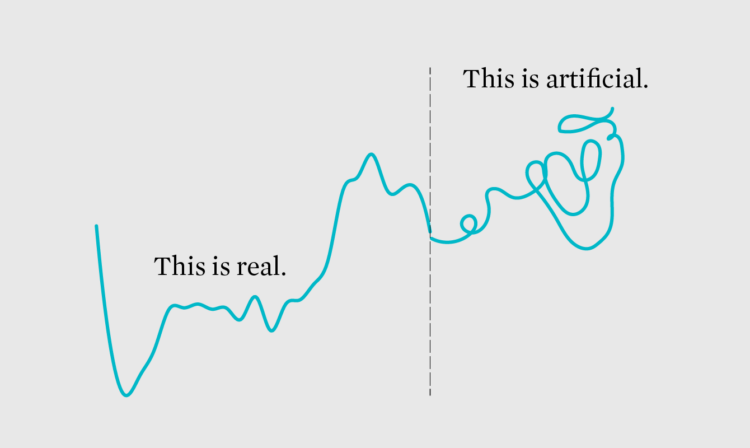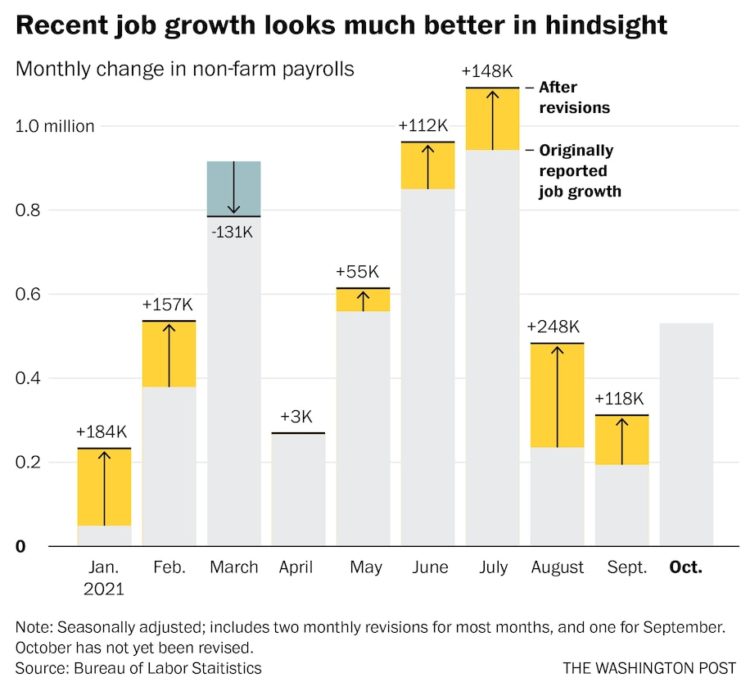Jumpstarted by Elijah Meeks asking why visualization people are leaving the field for less visually-centric industry jobs, there’s been ample discussion about data visualization’s role in companies.
This naturally leaks over to the ongoing discussion about what visualization is and should be. Moritz Stefaner, who’s been at it since before I even knew what visualization really was, chimed in with his experiences and what he’s seen as a freelancer.
Yet, as I argued earlier already, I don’t think we gain much from overemphasizing the (supposedly) fundamental differences between “serious/functional” and “aesthetic/entertaining” data visualizations, or, conversely, diminishing Excel dataviz work as “not really data visualization”.
I am thinking back to the time when it was fashionable to “draw lines in the sand” or to attack designers on live TV. The harsh, narrow-minded criticism that novel designs and approaches faced for a while did not always lead to better results, but, in contrast, scared talented folks away from the community. I am really quite happy that, by now, we have a data visualization community that understands the many purposes of data visualization beyond scientific analysis.
Many purposes. That’s the key here.
Visualization can be a tool or a skill set that aids in the overarching goal of understanding data, whether it be quantitatively, qualitatively, or emotionally. Maybe you use the tools. Maybe you make the tools. Maybe you use the tools that you make. You can go as far as you want with any of these routes, and the one you choose brings various job titles.
I’m completely detached from industry. (I mean, I’m one guy running a site from a home office, so I’m detached from a lot of things.) But in my experience, visualization can and should be a stand-alone profession. It’s not a big conceptual jump — if you go far enough — to see how the person who knows how to make charts can become the chart-maker.
Tags: industry, jobs







